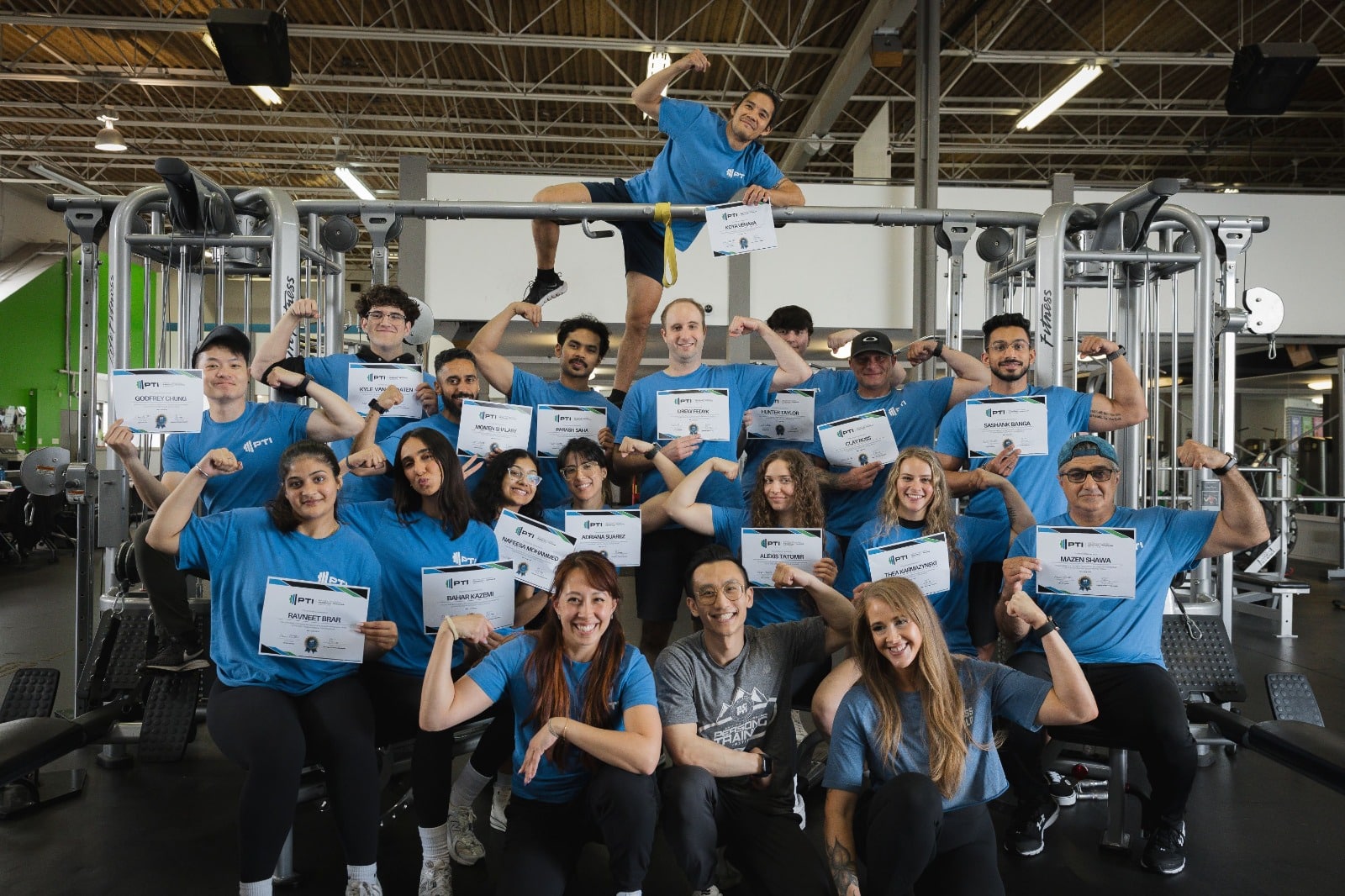January 10, 2024
3 Ways to Drive Progression
The most common ways to progress an exercise are through changing sets, reps and load. In most programs, those can often become the only means of progression despite the flexibility to adjust other factors.
Let’s dive into 3 other ways we can drive progression
Tempo
Tempo refers to the duration of the eccentric, isometric and concentric portion of an exercise. Typically, we see it written as 3 numbers but can also be seen as 4 numbers. For example, 2-1-2 would mean we lower the weight (ecccentric) over 2 seconds, we pause for 1 second (isometric) and we lift the weight over 2 seconds (concentric). If there is a 4th number, we would add another pause depending on the lift.
The ability to control the eccentric component assists with our body’s ability to accept load and reducing the speed. Having good eccentric control ensures we maintain the tension throughout the lift. The isometric component is pausing within the lift (while maintaining tension) but there is no change to the length of the tissue. The final component, concentric, is when we create force. This is where we lift the weight.
2. Stability
The more stability we can manage, the more force we can produce. As instability increases, our ability to create force decreases. So if our goal is hypertrophy/strength, more stable variations such as the back supported seated shoulder will allow us to lift heavier. More unstable variations will change our ability to create stability through the joints and/or the core thereby making it harder. We have to decide if making it harder through stability is what the client needs or if another variation may be more suitable for their goals.
In the video below, we demonstrate 3 variations of the dumbbell shoulder press showing how we can make small adjustments to change the adaptation and/or drive progression. The 1st variation is the back supported seated DB shoulder press, the 2nd is the unsupported seated DB shoulder press and the 3rd is a standing DB shoulder press. The variations go from most stable to least stable so the more stable.
3. Complexity
Adding components or combining other movements together are another way to progress. Typically, the weakest part of the lift will dictate load management so we need to consider what the intention of a more complex exercise is. We demonstrate a thruster that combines a squat with an overhead press as one fluid motion. We will be limited by the total load due to our shoulders being not as strong as our leg strength. However, the thruster does provide meaningful adaptation and coordination that is different than doing the exercises separately.
Ultimately, there is nothing wrong with using sets, reps and load as a progression and there isn’t anything wrong with using other means of progression. In fact, there are many other acute variables that we can adjust to progress or regress exercises. This helps with providing flexibility in our exercise selection and/or intention around the exercises we choose for our clients.
We don’t need to reinvent the wheel. We need to be able to get our clients results and support them where they’re at in that process. Working with clients is a process that gets refined as you develop, learn and train clients. As you gain more experience and learn more, you can refine your approach and continue to individualize it.
Interested in becoming a personal trainer or learning more? Reach out to us below to learn more about the Certified Personal Training program through BCPTI. We teach the National Academy of Sports Medicine curriculum for the Personal Training Certification.
Tags:
Related Posts
We’re here to help you!
Questions, comments or want to register? Fill out the form below and we will contact you shortly. Thanks!
"*" indicates required fields


